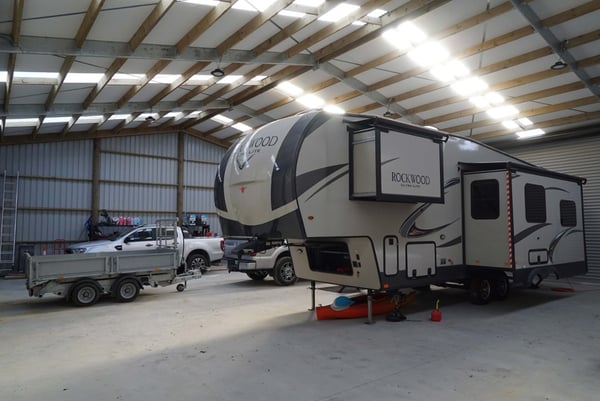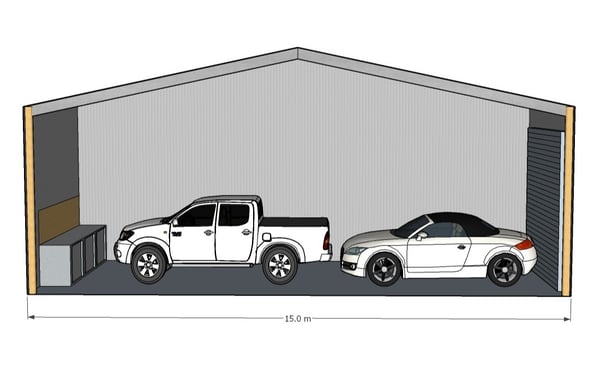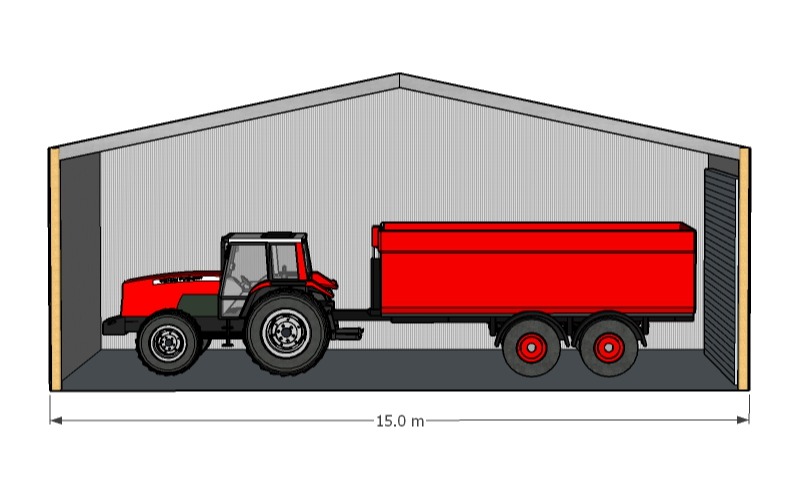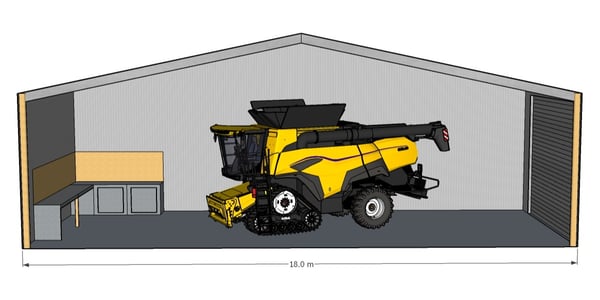Choosing the best shed design for your needs can be challenging. It is a common question that gets put to our sales team. Most likely, you are working to a budget, so you will want to make sure that ...
June 23rd, 2022
5 min read

 Choosing the best shed design for your needs can be challenging. It is a common question that gets put to our sales team. Most likely, you are working to a budget, so you will want to make sure that you get the best shed for your money as well as for your storage needs.
Choosing the best shed design for your needs can be challenging. It is a common question that gets put to our sales team. Most likely, you are working to a budget, so you will want to make sure that you get the best shed for your money as well as for your storage needs. 





.png?width=800&name=What%20is%20a%20pole%20shed%20(1).png)